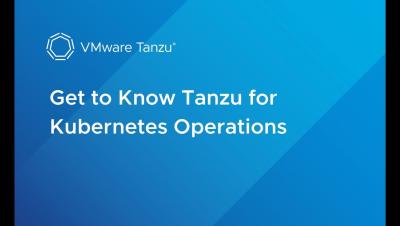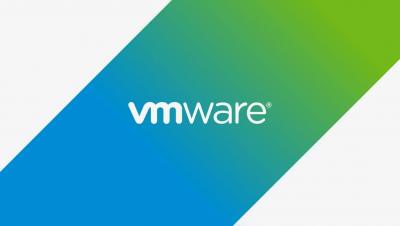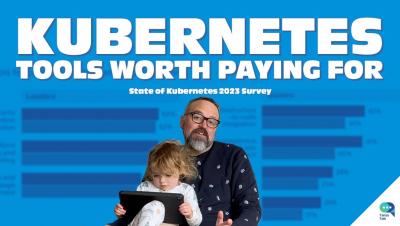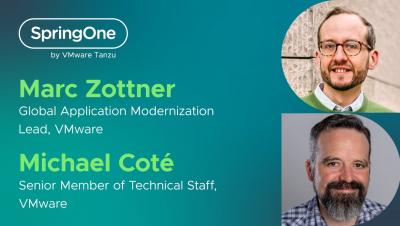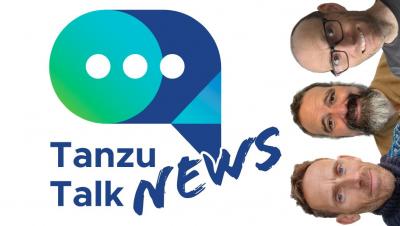Operations | Monitoring | ITSM | DevOps | Cloud
May 2023
Deploy the ArgoCD Helm Chart to a Kubernetes Cluster with Tanzu Mission Control, No CLI Required
Boost App Resiliency and Performance with Tanzu for Kubernetes Operations on Dell VxRail
While cloud native architecture offers many benefits when it comes to application modernization, some challenges remain for customers. However, VMware Tanzu for Kubernetes Operations on Dell VxRail can improve application resiliency and the performance needed to quickly and securely build, deploy, and manage your multi-cloud environment.
Tools Make the Difference for Kubernetes Success
The way to solve Kubernetes complexity is with tools. Ironically, this also creates a lot of complexity because there are many options for each type of tool and, thus, an unfathomable number of combinations. Each stack of tools first requires unique integrations, and then there's ongoing work to keep all those tools integrated and working together. It's no wonder, then, that we've seen a strong willingness for organizations to spend money on Kubernetes tools.
Kubernetes Tools Worth Paying For, from the 2023 VMware State of Kubernetes Survey
How to Escape the Legacy Trap: A Proven Strategy for Application Modernization
Kubernetes Benefits for Developers and Business in Large Enterprises
If you’re interested in Kubernetes, chances are extremely high the reason is because you want to support developers, by using Kubernetes to run the applications they write for your organization. There are other use cases, such as data analysis and running enterprise applications, but most Kubernetes workloads are there to help run an organization’s custom-written applications. So how is Kubernetes helping to reach that goal?
7 Ways to Turn Developer Experience into a Competitive Edge
At a time when rapid innovation has become a strategic business imperative, application development and developer experience are more important than ever.
Enlightning - Implementing Ingress with Contour
KubeCon overview, Kubenetes survey
Multi-Cloud, Still an Actual Thing after All These Years
The 2023 edition of VMware’s annual State of Kubernetes report is now out, and it’s got a lot of great information about how organizations are using Kubernetes today, as well as the benefits and challenges that go along with that. In this blog post, I’m focusing on one area: multi-cloud.


